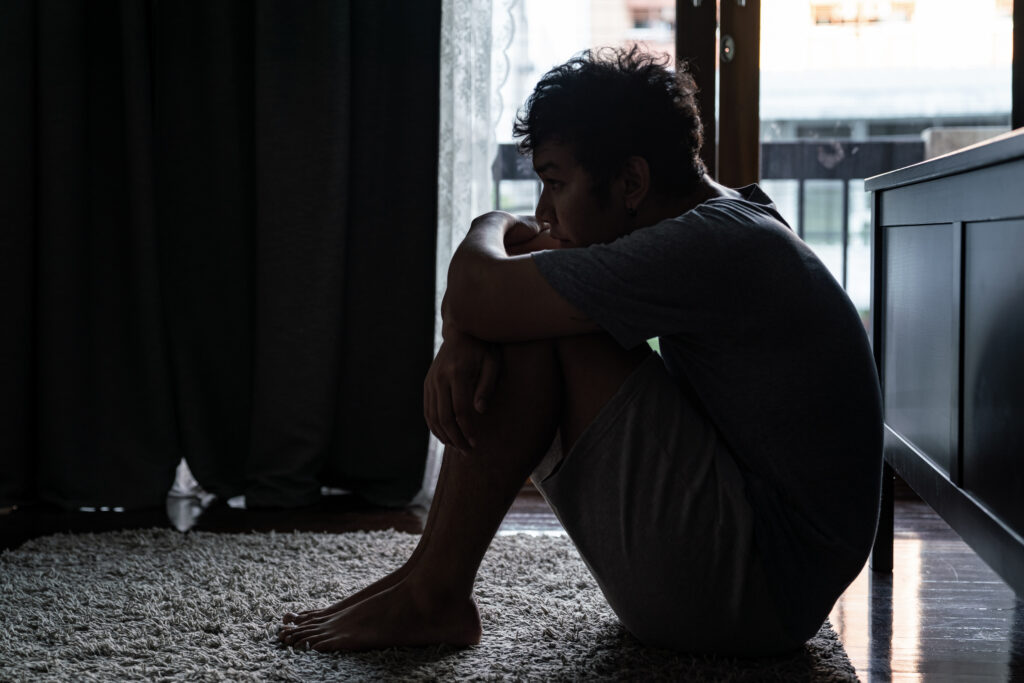
Deaths of Despair are deaths caused by suicide, unintentional drug overdose, and alcohol use and intoxication. The term “deaths of despair” was coined in a 2015 paper by Ann Case and Ryan Deaton. The paper specifically addressed the rising morbidity and mortality of white, non-Hispanic Americans in midlife due to these types of deaths.
But since 2015 suicide, unintentional overdose, and alcohol-related deaths have been increasingly affecting many different demographics in the United States. Most recently, it’s been found that adolescents have accounted for a larger share of suicides in many states, raising the alarm for increased awareness of the mental health of children and teenagers.
In March, a study was published that found unintentional overdose deaths among Black Americans had increased sharply and surpassed the unintentional overdose death rate of white Americans. Deaths related to alcoholic liver disease have also drastically increased in recent years, particularly among young women in their 20s and 30s. And in November 2021 the CDC released data that overall drug overdose deaths reached an all-time high for a one-year period, topping over 100,000.
Why Is This Happening?
The definition of the word despair is “the complete loss or absence of hope”. What is causing so many Americans to feel this way, especially adolescents? Rising numbers of suicide and unintentional overdose were compounded by the COVID-19 pandemic, but these types of deaths were on the rise well before 2020.
In their 2020 book, “Deaths of Despair and the Future of Capitalism”, Case and Deaton expand on the findings that these types of deaths disproportionately affect white men who do not have college degrees. They argue that economic despair is behind the phenomenon. This is most specifically attributed to opioid use among white men in areas of the country that had experienced significant job loss, such as the Rust Belt.
But the problem goes beyond only white men without college degrees. As discussed earlier, suicide rates among adolescents are increasing. The CDC published a survey last month that found mental health among American teenagers is in a crisis state. A congressional-appointed task force of experts has also recommended recently that children should be screened for anxiety disorders as young as 8-years-old.
It’s hard to pinpoint an exact reason for “despair” in so many different demographics, but a broad explanation can likely be boiled down to socioeconomic factors affecting both mental and physical health. And unfortunately, in a country that is often lacking in medical and mental health care access, swaths of people are falling through the cracks.
How Can We Fix This?
Unfortunately, a problem with no clear-cut cause does not have a clear-cut solution. We didn’t arrive here overnight, and we will sadly not be able to fix our national problem of despair quickly. But if we begin taking measures now, we can begin reaching people in these states of despair before their situation becomes fatal.
A measure of utmost importance is implementing more accessible mental health care and treatment for substance use disorders. This is no simple task, but can start with integration of mental health and substance use disorder screening and intervention in primary care. Primary care is where patients most often interaction with health care practitioners, and if there is a system in place where patients who may be struggling can be flagged for further evaluation, there is hope that they will receive the care they need.
Accessibility also relies on affordability. Mental health care, particularly talk-therapy appointments, psychiatrist appointments, and medication, can be very expensive for individuals who are not insured or under-insured. At a time when “despair” is being caused by socioeconomic factors like job loss and financial difficulties, the people who may need mental health care most may not be able to afford it.
Creating more accessible options for mental health care, whether it be through technology (virtual talk-therapy or psychiatrist appointments) or community resources (free mental health care clinics) would be a small start to reach individuals who may be falling into despair.
Mental Health Matters
In 2020 it was estimated that 40 million Americans experienced mental illness, but less than half of them received treatment. There is clearly a lot more going on to cause despair among Americans than a lack of mental health care, but we currently don’t even have a big enough bandage to cover the wound. Expanding mental health access is a big undertaking, but it’s one that needs to happen now. In addition to primary care expansion, mental health screening in schools, and even in the workplace may help get individuals who are suffering the help they need. Access may also look like more providers that accept Medicaid and Medicare or free and low-cost community mental health clinics.
The coming years will show us the full impact the COVID-19 pandemic has had on our national mental health. It will be a continued challenge for mental health and substance use disorder treatment organizations to rise to the task of bringing Americans back from the brink of despair.





